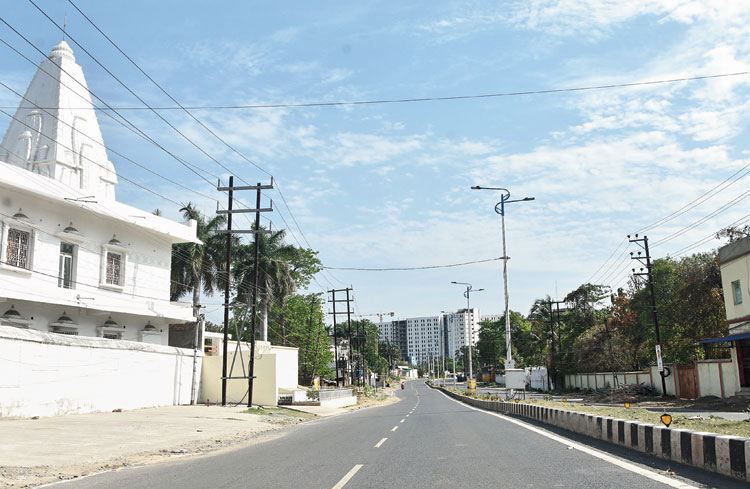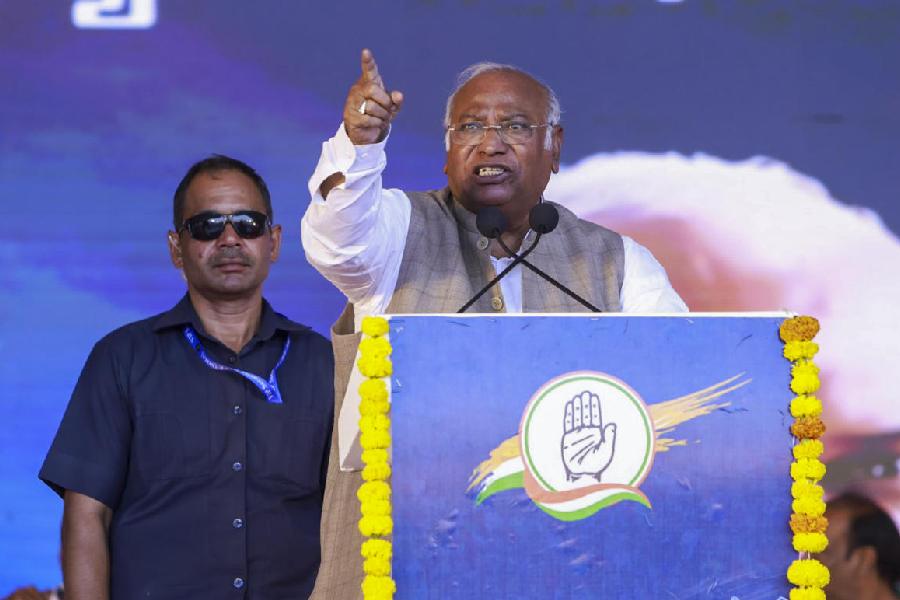The lockdown has significantly improved the air quality in Dhanbad, which was recently in the news for being the second-most polluted city in the country.
A study conducted by Biswajit Paul, an associate professor in the department of environmental science and engineering at IIT(ISM), revealed that the pollution level in Dhanbad had gone down drastically within four days of the lockdown despite the normal functioning of around 45 collieries of Bharat Coking Coal Limited (BCCL).
The collieries are exempted from the lockdown because coal mining is essential for power generation.
“The study showed that the pollution in Dhanbad is primarily caused by vehicular emission, sweeping of roads and burning of biomass and coal,” Paul told The Telegraph.
“I began the study 2-3 days after the imposition of national lockdown on March 25. It revealed that the pollution level is higher in Dhanbad in the morning owing to activities like sweeping of roads, lifting of garbage and burning of coke ovens,” he said.
The average PM10 level of Dhanbad before the lockdown period was around 170 microgram per cubic metre (µg/m³) while the average of five days during the lockdown period from March 25 to March 29 when he conducted study was 48 µg/m³, Paul said.
The safe limit of PM10 is 60µg/m³.
“The pollution level is likely to improve further during the lockdown period,” Paul added.
PM10, or particulate matter 10 micro-metre or less in diameter, is extremely dangerous for humans.
Paul, who is also the Dhanbad district environment committee member, said the study report was in stark contrast with the common belief that pollution in Dhanbad was primarily caused by mining activities.
“Based on the findings, I would recommend minimising vehicular emission by conducting proper checking of all vehicles,” Paul said.
He said factory owners should take measures to curb pollution but people should also try to avoid using vehicles as much as possible.
According to the report of Greenpeace India released on January 22, Jharia and Dhanbad were ranked as the most polluted towns among 287 cities and towns with PM10 levels of 322 and 264 µg/m³, respectively, in 2018.
Under, the national clean air programme launched in 2019, the Centre has listed Dhanbad among the 102 cities where pollution levels have to be reduced by 30 per cent by 2024.










